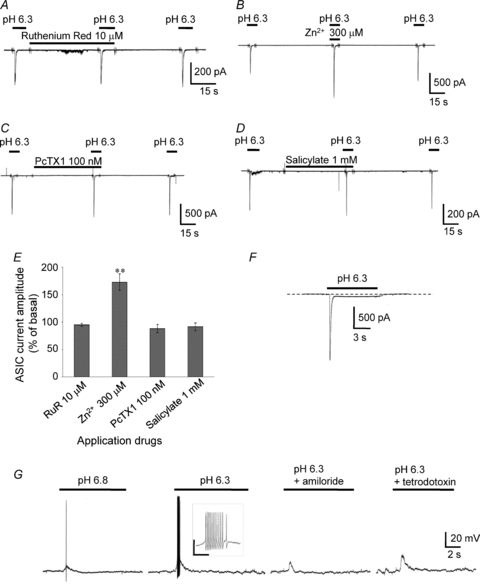Figure 2. Properties of acid-induced responses in AVP-eGFP neurons.

A, representative example of the effects of 10 μm ruthenium red (RuR), a TRPV1 and TRPA1 antagonist. B, representative example of the effects of 300 μm Zn2+, a co-activator of ASIC2a-containing channels. C, representative example of the effects of 100 nm PcTX1, a specific blocker of homomeric ASIC1a. D, representative example of the effects of 1 mm salicylate, an ASIC3 subunit blocker. E, comparison of the effects of ruthenium red, Zn2+, PcTX1, and salicylate on peak amplitude of pH 6.3-induced currents. The holding potential was −70 mV. Vertical bars indicate s.e.m.; **P < 0.01 compared with basal. F, representative trace of the sustained plateau phase following the peak current. G, activation of ASICs by pH 6.8-induced depolarization accompanied by the appearance of a single action potential. The transient depolarization induced by lowering the pH from 7.4 to 6.3 could trigger a train of action potentials (inset). The depolarization was highly attenuated by the ASIC inhibitor 100 μm amiloride (n= 6). Blocking voltage-gated Na+ channels with 1 μm tetrodotoxin completely eliminated the action potentials induced by the low pH solution (n= 6). Inset: the scale bar is 50 mV/0.3 s.
